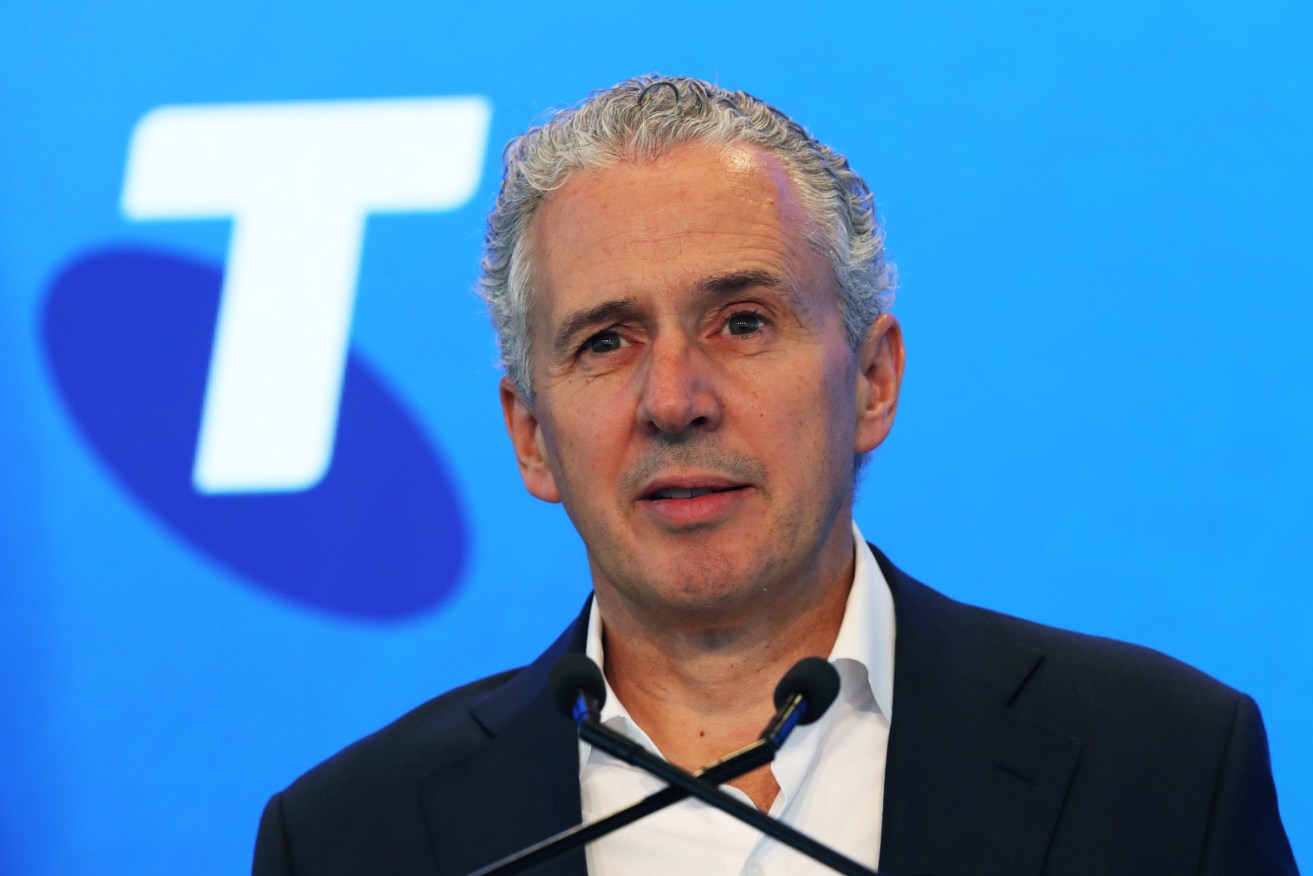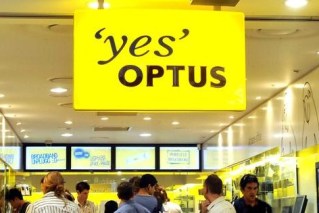Penn pusher: Slattery forces Telstra’s hand on $1.6 billion fast net plan
Telstra will spend $1.6 billion on a fibre rollout and satellite infrastructure to improve the internet.


Telstra CEO Andrew Penn says the deal with Microsoft is "of a scale not seen before in Australia".(Photo: AAP Image/David Crosling)
The decision follows a similar move by Brisbane tech entrepreneur Bevan Slattery and his $1.5 billion HyperOne fibre rollout, which has already started.
But Telstra said there was huge demand for internet infrastructure and all technology would be needed. However, it admitted it was a competitive market.
Telstra also believes that its technology would be superior to its competitors and feedback from potential customers had been very positive.
The first Telstra project will be to build and manage ground infrastructure to support Viasat satellites while it will also build an inter-city dual fibre path adding 20,000 kilometres of cable to Telstra’s already extensive network and enabling “ultra-fast” connectivity between capital cities and improved regional connectivity.
The new cable will allow for transmission rates of 650 gigabytes per second, which is six times faster than today’s rate of 100Gbps.
Slattery response was that if you wanted to be original be ready to be copied.
“This is something we knew would happen and recently knew was happening. We knew Telstra would look to overbuild us,” he said.
“Our reaction? Keep building. There is something bigger here. Something Telstra won’t do. That’s enable competition.
“HyperOne is about enabling competitive backhaul to remote communities that for decades have experienced some of the most expensive backhaul in the developed world, enable mobile operators extend coverage to more and more Australian’s, give network operators and HyperScalers an opportunity to move on from legacy networks that do not scale physically or economically in line with their needs.
“Telstra’s announcement is important for HyperOne because it puts innovation against incumbency.
“They say “You get the Government you deserve.” Same is true in backhaul. I believe the industry will support us in our vision – because it comes from a place of enabling others and this nation’s digital future.”
Telstra chief executive Andrew Penn said investing in the two nation-building projects would see the company continue to have the largest inter-city fibre network in the country and would help to future-proof Australia’s digital economy as well as improve connectivity for regional Australia.
Penn said the Viasat infrastructure plan would be largest-scale satellite solution deployment in Australian history. The company would co-locate satellite access node equipment at hundreds of sites and build and manage the fibre network between them.
Penn said the new inter-city fibre network would accelerate investment in its InfraCo business.
He said it would support remote working and education needs, health services, high-definition entertainment consumption, online gaming and the “internet of things” in mining and agriculture.
“We are already seeing connection speeds in the current network surge from 100 gigabytes to 400 gigabytes and beyond through investments to date,” Penn said.
“There is a growing demand for greater fibre capacity, enabling massive bandwidth and ultrafast data rates with lower latency.”
Construction was expected to start later this year.
Slattery’s HyperOne network has promoted its benefit to regional Australia through 2000 on-ramps that would connect towns to the network. That project was a factor in Telstra being downgraded by analysts.












